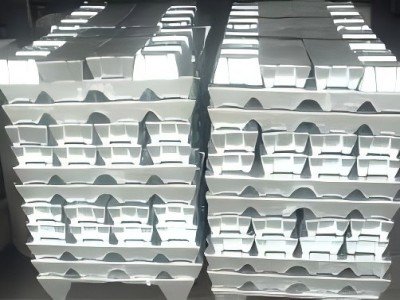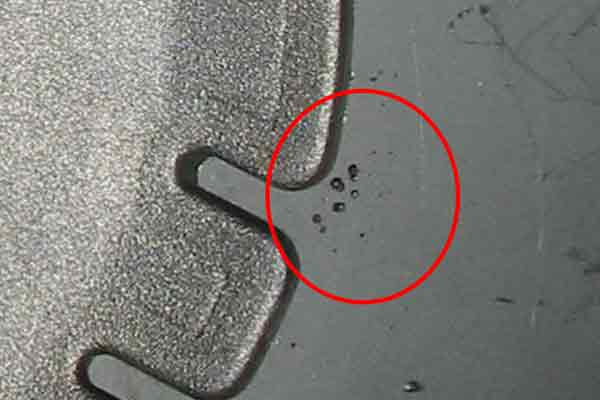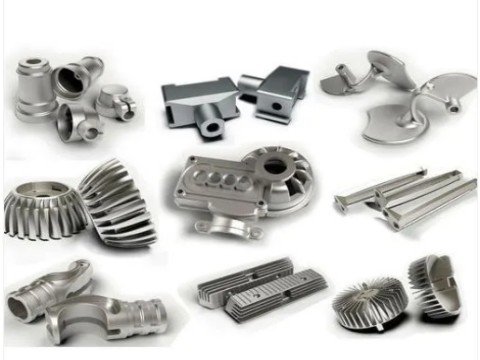Calculating Aluminium HPDC parts cost requires consideration of several factors:
- The price and density of aluminium materials
- Cost of HPDC processing
- Cost of HPDC molds
- Indirect costs and scrap rates of die-castings
- Total cost
In the manufacturing industry, understanding the cost impact of different production processes is crucial for procurement and parts design engineers.
This is especially true for custom die-casting, as it is an efficient and universal manufacturing method.
Raw material cost
The material cost of aluminum alloy is an important part of the cost of HPDC parts.
According to the evidence, the price of aluminum is approximately $1,900 per tonne.
Meanwhile,prices may vary depending on the supplier.

Cost of HPDC processing
Energy consumption
Electricity is the main source of energy consumption in the production of aluminum alloys.
For example, electrolytic aluminum consumes about 13,500 kWh of electricity per tonne.
In the HPDC process, high pressure and rapid cooling also increase energy consumption, but the overall efficiency is higher.
Labor costs
Labor costs include the wages and maintenance expenses of the operators.
Based on evidence, the labor cost per pound of parts is about $0.12.
Productivity
The HPDC process has a high production efficiency and can produce hundreds of parts per hour, which reduces the fixed cost per unit of product.

Cost of HPDC molds
The cost of molds ranges from several thousand to several million dollars.
Complex molds (such as the mold for the rear floor of the Tesla Model Y) can reach 500,000 to 2 million dollars.
The lifespan of the mold is approximately 300,000 times and needs to be allocated to the cost per piece.
Maintenance and operation: Mold maintenance costs account for 20% of the total production costs, including welding, repair, downtime losses, etc.
For example, for a 20-pound parts mold with an annual production capacity of 50,000 pieces, the cost per piece is approximately 120 US dollars.
Indirect costs and scrap rates of die-castings
The loss of yield rate, with a porosity rate of 3% to 5%, may lead to defective products and require additional costs for screening.

Total cost
Let’s assume a typical HPDC part weighs 20 pounds, has a mold life of 300,000 injection cycles, and a mold cost of $100,000.
If the price per pound of aluminum is averaged at 27 yuan (about 4 US dollars), the raw material cost is 468 US dollars. Labor costs are $24 ($0.12 per pound).
Let’s assume that the mold depreciation and maintenance expense is 10% of the mold cost, which is 10% of $100,000, or $10,000.




